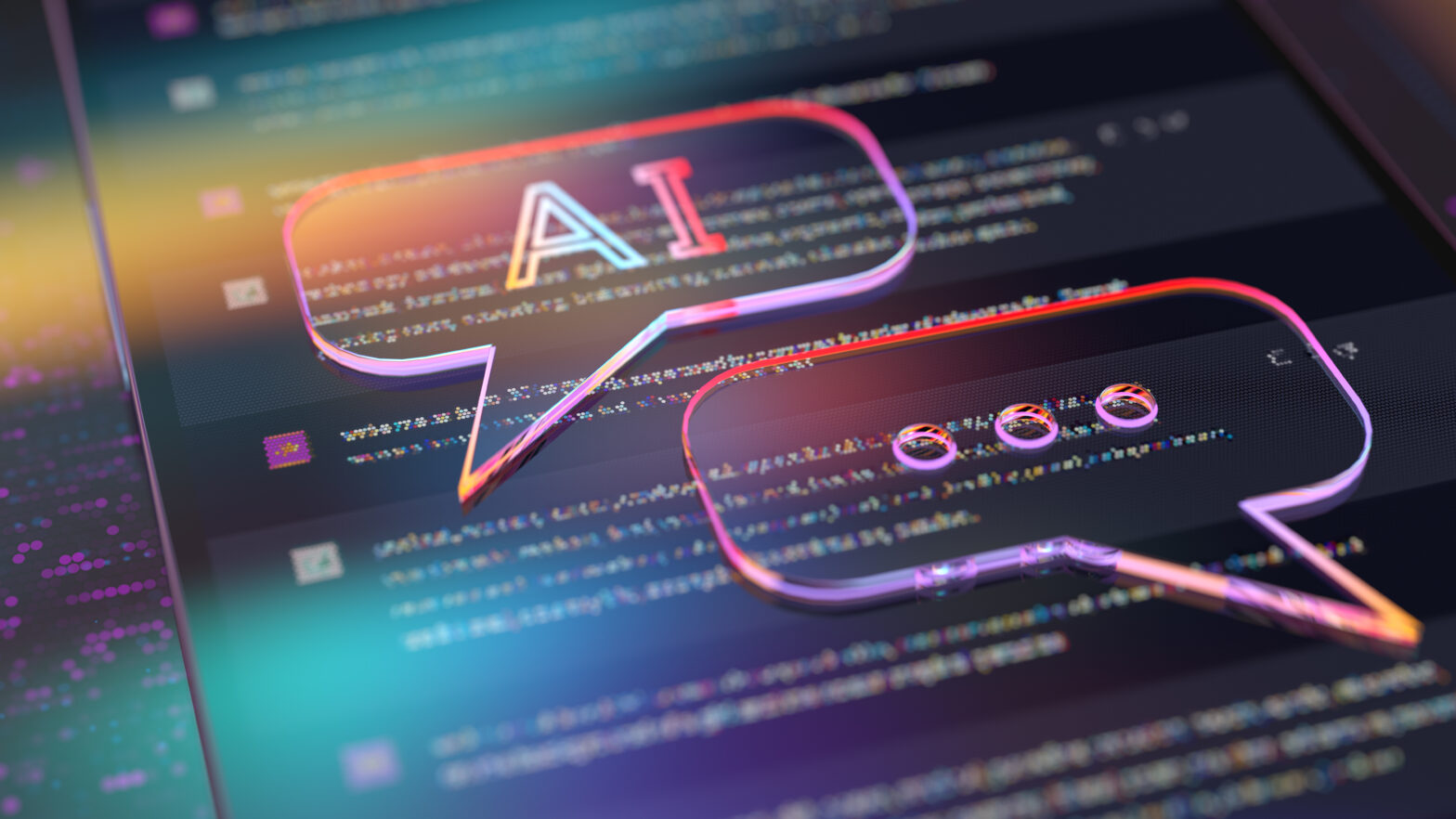
Reinventing Customer Support in the Digital Era
As businesses adapt to a digital-first approach, customer service is undergoing a significant transformation. With AI chatbots, companies are finding new ways to provide rapid and personalized support. These automated systems not only handle routine queries but also free up human agents to focus on more complex tasks. This shift has opened up fresh opportunities for improving user engagement, reducing wait times, and creating a more efficient support process.
In today’s fast-paced environment, customers expect instant responses and round-the-clock availability. AI chatbots offer this immediacy, ensuring that users receive timely help regardless of the time of day. By utilizing natural language processing and machine learning, these chatbots can understand and respond to a wide range of customer issues, from order inquiries to technical support.
This article examines how AI chatbots are reshaping customer service, detailing their functionality, benefits, challenges, and future trends. We’ll explore real-life examples and best practices, helping businesses understand how to implement and maximize the potential of chatbot solutions for superior customer support.
The Evolution of Customer Service and AI Chatbots
Over the past decade, customer service has shifted from traditional call centers to digital platforms. As technology has advanced, businesses have sought innovative solutions to meet growing customer expectations. AI chatbots now serve as the frontline of support, handling a majority of interactions that once required human involvement.
Historically, customer service was a reactive process, with agents responding to inquiries after issues arose. Today, AI chatbots facilitate proactive engagement by providing immediate responses, reducing the need for customers to wait on hold. This evolution represents a move toward more efficient, round-the-clock support that aligns with modern communication habits.
With the integration of AI, companies can offer more personalized service. Chatbots learn from past interactions, enabling them to predict customer needs and tailor responses accordingly. This evolution not only improves efficiency but also transforms the overall customer experience, making it more interactive and satisfying.
How AI Chatbots Work in Customer Service
AI chatbots are powered by advanced algorithms that allow them to interpret user queries and provide relevant responses. These systems rely on natural language processing to analyze text, understand context, and determine the appropriate action. This enables chatbots to engage in human-like conversations that feel both natural and helpful.
Behind the scenes, machine learning models continuously refine chatbot responses based on new data and interactions. As more users interact with the system, the chatbot improves its ability to handle diverse queries, reducing errors and increasing accuracy. This self-improving cycle is key to maintaining high-quality customer service over time.
Many chatbots are integrated directly into websites, mobile apps, and social media platforms. This integration allows users to receive assistance without needing to leave their current environment. The ease of access enhances the overall user experience and supports seamless interactions across multiple channels.
Benefits of Using AI Chatbots for Customer Service
One of the main advantages of AI chatbots is their ability to provide 24/7 support. Unlike human agents, chatbots never sleep, ensuring that customers receive immediate assistance at any time. This round-the-clock availability helps businesses cater to global audiences across different time zones, boosting overall satisfaction.
AI chatbots also streamline the support process by handling repetitive tasks and common inquiries. By automating routine responses, they reduce the workload on customer service teams, allowing human agents to focus on more complex issues. This not only improves efficiency but also results in cost savings for businesses, as fewer resources are needed to manage high volumes of queries.
In addition, chatbots collect valuable data from customer interactions. This information can be used to identify recurring issues, measure satisfaction levels, and refine support strategies. The ability to analyze interaction patterns helps companies improve service quality and make data-driven decisions that benefit both the business and its customers.
Enhancing User Experience with AI Chatbots
User experience is at the heart of customer service, and AI chatbots are designed to create a seamless and satisfying interaction. By offering quick responses and personalized assistance, chatbots contribute to a more engaging support experience. Customers appreciate the speed and efficiency that chatbots bring to the table.
AI chatbots can adapt their tone and style based on the user’s query, making interactions feel more natural. For example, a chatbot may provide detailed troubleshooting steps for technical issues or offer a friendly greeting to new users. This level of customization enhances the overall experience and makes users feel valued.
Additionally, chatbots are often equipped with multi-language support, enabling them to serve a diverse, global customer base. By breaking down language barriers, they ensure that users from various backgrounds can access the help they need. This inclusivity is a major factor in building lasting customer relationships and loyalty.
Streamlining Support Operations with Automation
The use of AI chatbots in customer service significantly streamlines support operations. Automating routine tasks allows support teams to concentrate on addressing more complex queries that require human insight. This balance between automation and human intervention leads to faster resolution times and a more efficient service process.
Automated systems also reduce the likelihood of human error, which can lead to customer dissatisfaction. Chatbots handle repetitive tasks consistently and accurately, ensuring that responses are uniform and reliable. This consistency is key in building trust with customers who rely on accurate and timely information.
Furthermore, automation through chatbots allows businesses to scale their support operations with ease. As customer demand grows, the system can handle increased interactions without a proportional rise in costs. This scalability makes AI chatbots an attractive option for companies looking to maintain high-quality support while managing growth effectively.
Overcoming Challenges in AI Chatbot Implementation
While AI chatbots offer many benefits, implementing them is not without challenges. One common issue is ensuring that the chatbot can understand and respond to a wide range of queries accurately. Language nuances, slang, and varied expressions can sometimes confuse the system, leading to irrelevant responses.
Another challenge is integrating chatbots into existing support channels. Businesses often use multiple platforms for customer interactions, such as websites, social media, and mobile apps. Ensuring that the chatbot functions seamlessly across all these channels requires careful planning and testing. Compatibility with legacy systems can also pose a challenge, necessitating customized solutions to bridge the gap.
Addressing these challenges requires ongoing training and refinement of the chatbot. Companies must continuously monitor interactions and update the chatbot’s knowledge base. Gathering feedback from users and support staff is vital in improving the system’s performance and ensuring it meets customer expectations. With regular adjustments and improvements, the effectiveness of the chatbot can increase significantly over time.
Integrating Chatbots with Customer Support Systems
For businesses to maximize the benefits of AI chatbots, they need to integrate these tools with their existing customer support systems. This integration enables a smooth transition between automated responses and human assistance when necessary. A well-integrated system ensures that complex issues are seamlessly escalated to human agents without disrupting the customer experience.
The integration process involves connecting the chatbot to a customer relationship management (CRM) system, support ticketing systems, and communication channels. By doing so, chatbots can access user data, past interactions, and other relevant information, which allows for more personalized responses. This connectivity enhances the chatbot’s ability to resolve issues quickly and accurately.
Moreover, integration facilitates a feedback loop between automated and human support. Customer service teams can review chatbot interactions, identify areas for improvement, and adjust workflows accordingly. This collaboration between technology and human expertise creates a more robust support system, ensuring that customers receive the best possible service.
Measuring the Success of Chatbot Solutions
To determine whether AI chatbots are meeting their objectives, businesses need to track performance metrics. Key performance indicators (KPIs) for chatbot solutions include response times, resolution rates, and customer satisfaction scores. These metrics provide valuable insights into the effectiveness of the chatbot and help identify areas for improvement.
Regularly reviewing these KPIs can guide decisions about whether to refine the chatbot’s algorithms, update its database, or adjust its integration with other support systems. User feedback plays an important role here, as it can highlight specific issues or suggest enhancements that may not be apparent from quantitative data alone.
By combining quantitative metrics with qualitative insights, businesses can create a comprehensive picture of the chatbot’s impact on customer service. This holistic approach ensures that improvements are data-driven and aligned with overall support goals. Ultimately, measuring success allows organizations to optimize their chatbot strategy, ensuring high-quality customer support.
Enhancing Customer Experience Through Personalization
Personalization is a key driver in modern customer service. AI chatbots have the capability to tailor responses based on user history, preferences, and the context of their queries. This level of personalization makes interactions feel more human and relevant, fostering a deeper connection between the customer and the brand.
For example, a chatbot that remembers a customer’s previous issues can provide quicker resolutions to recurring problems. It can also offer customized recommendations or solutions based on the user’s past behavior. This not only improves the efficiency of the support process but also builds trust with customers who appreciate the personalized attention.
Moreover, personalization in chatbot interactions can extend beyond text responses. Some advanced systems incorporate voice recognition and emotional analysis to adjust tone and provide empathy during difficult interactions. This sophisticated approach can lead to higher customer satisfaction and a more engaging support experience.
Future Trends in AI-Driven Customer Service
The landscape of customer service continues to evolve with rapid advancements in artificial intelligence. As AI chatbots become more sophisticated, their ability to understand natural language and context will improve further. This evolution is expected to lead to even more efficient, intuitive, and human-like interactions in the near future.
Innovations in machine learning and neural networks are paving the way for chatbots that can predict customer needs and preemptively resolve issues before they become apparent. As a result, the boundary between automated and human customer service is blurring. Future chatbots may not only handle routine queries but also offer proactive suggestions and solutions based on real-time data analysis.
The continued integration of AI into customer service platforms will likely bring about a shift in how companies interact with their customers. Businesses that adapt to these changes will be better positioned to provide superior service, boost satisfaction, and foster lasting relationships with their audiences.
Looking Ahead: How AI Chatbots Are Shaping Customer Support
AI chatbots are redefining the customer service landscape by providing fast, personalized, and efficient support. Their ability to handle routine inquiries and provide immediate assistance has transformed how companies interact with their customers. With the power of machine learning and natural language processing, chatbots are becoming more adept at understanding and addressing customer needs.
The seamless integration of chatbots with existing support systems further enhances their effectiveness, creating a comprehensive and robust customer service solution. Businesses that invest in these technologies not only improve response times but also free up human agents to tackle more complex issues, resulting in higher overall satisfaction.
Ultimately, the rise of AI chatbots in customer service represents a significant step forward in how companies manage support interactions. With continuous improvements in technology and a focus on personalization, chatbots will remain a cornerstone of modern customer service strategies, driving better experiences for users and businesses alike.







